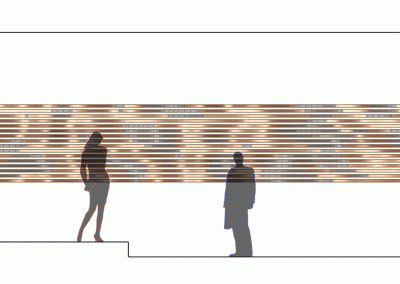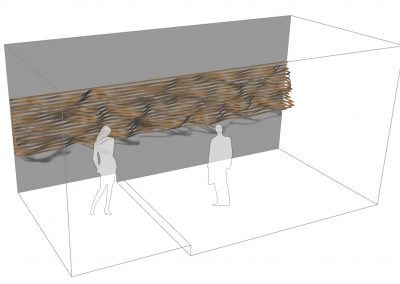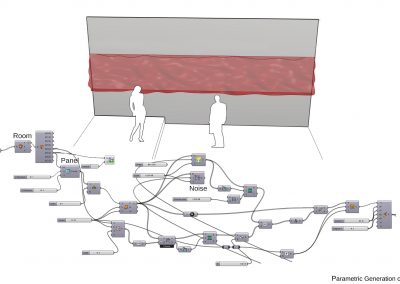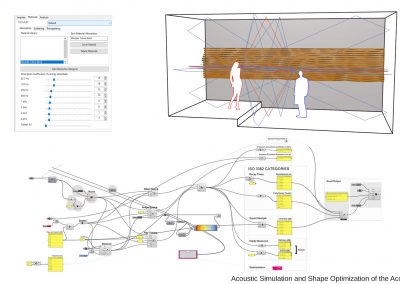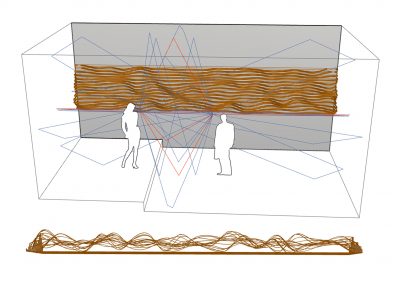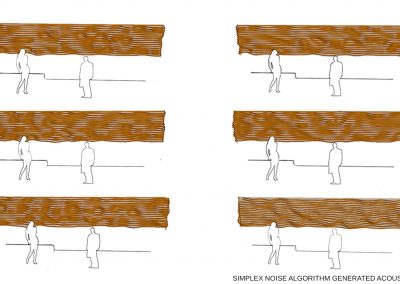Shape Optimization of Acoustic Wood Panels Using Simplex Noise Algorithm
Acoustics is an important factor in the wellbeing of people especially in urban spaces. Speech clarity and intelligibility in work places, schools are essential. The acoustical properties of a room determined by how the form of the room shapes the sound energy within and absorption coefficients of materials that are used (Peters, 2009). Therefore, this issue should be considered from material-based computational design. This study aims to present a form finding method for acoustic wood panels to achieve better speech intelligibility in room acoustics. When looking at previous studies, it can be seen that complex formed walls are better at providing speech clarity. In order to achieve such complex forms noise algorithms are considered. Due to the fact that wood can absorb low frequencies and can be programmed into complex shapes, it is used as material for acoustic panels. In this study a form finding method in combination with evolutionary algorithm, which minimizes reverberation time in the room and simplex noise algorithm is proposed. Acoustic room evaluations are conducted utilizing Pachyderm plugin (van der Harten, 2013) and evolutionary algorithms are managed using Galapagos in Rhino Grasshopper environment.
REFERENCES
1. Peters, B and Olesen, T .(2009). Integrating Sound Scattering Measurements in the Design of Complex Architectural Surfaces: Informing a parametric design strategy with acoustic measurements from rapid prototype scale models, Proceedings of 28th eCAADe Conference, ETH Zurich, Switzerland, 15-18 September, pp. 481-491.
2. van der Harten, A. (2013). Pachyderm Acoustical Simulation: Towards Open-Source Sound Analysis. Architectural Design, 83(2), 138– 139. doi:10.1002/ad.1570.
© 2021 Istanbul Technical University Graduate School, Department of Informatics, Architectural Design Computing Program. All Rights Reserved
